More than 100 years ago, the 1916 Rising took place, bringing the fight for Ireland's independence to Dublin's streets. How many of these facts did you know?
Here are some important facts about Ireland's Easter Rising —some well-known, others more obscure.
1. The seven members of the Irish Republican Brotherhood Military Council who planned the Rising were Thomas Clarke, Seán McDermott, Patrick Pearse, Eamonn Ceannt, Joseph Plunkett, James Connolly, and Thomas MacDonagh. All were executed after the Rising.
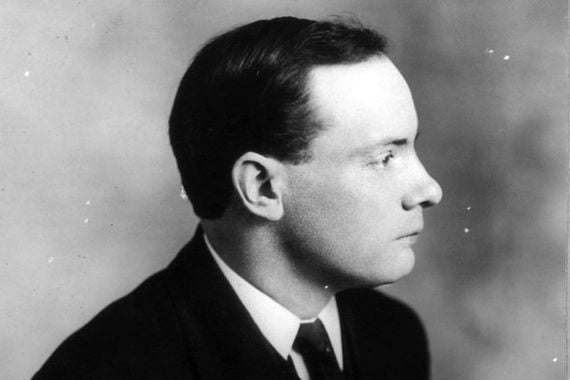
Padraig Pearse.
2. MacDonagh and Plunkett were poets. Pearse was a poet and writer as well as a schoolteacher.
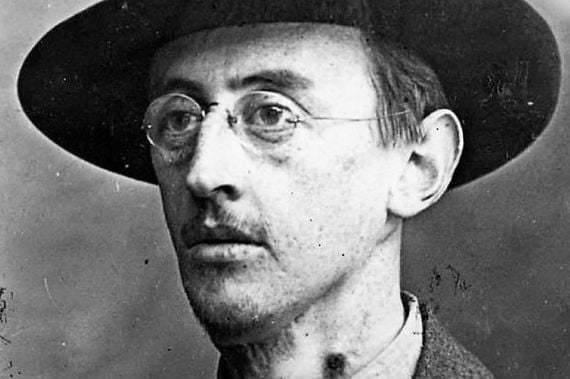
Joseph Mary Plunkett.
3. Connolly was born in Scotland but made Ireland his home. He also lived for long stretches in the US.
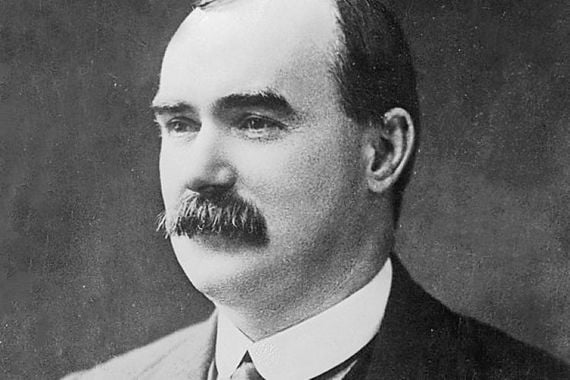
James Connolly.
4. Thomas Clarke also lived in the US for long periods starting the Brooklyn Gaelic Society in 1902. He was English-born.
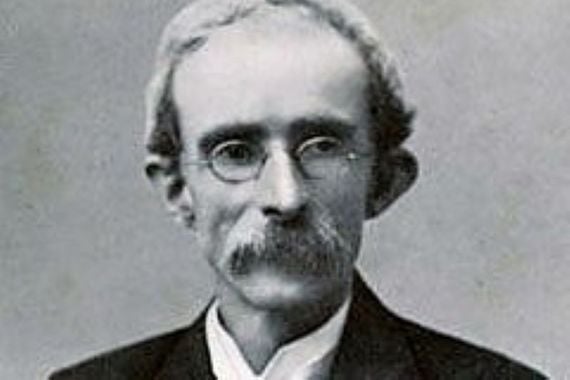
Thomas Clarke.
5. Éamon de Valera, who participated in the Rising and later became a prominent figure in Irish politics, was born in New York and therefore an American citizen. This fact e saved him from being executed with his brothers in arms, though historians disagree on this point.
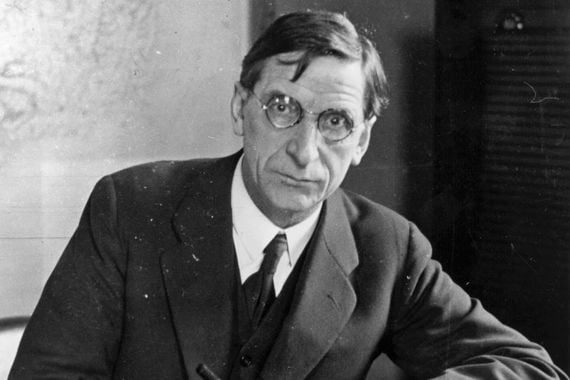
Eamon De Valera in 1937.
6. De Valera went on to break away from the government following the 1921 Anglo-Irish Treaty that implemented partition in Ireland. He would form Fianna Fáil, serve as Taoiseach (Prime Minister) and later, as President of Ireland.
7. Before his execution, McDermott wrote, "I feel happiness the like of which I have never experienced. I die that the Irish nation might live!”
8. WB Yeats wrote his famous poem “A Terrible Beauty” after he heard about the rising. “All changed, changed utterly a terrible beauty is born.”
9. The Easter Rising made the front page of The New York Times several days in a row.
10. Joseph Plunkett married his fiancée Grace Gifford at Kilmainham Gaol eight hours before his execution.
11. She wore her widow’s mourning clothes for the rest of her life.
12. The IRB Military Council declared themselves the "Provisional Government of the Irish Republic" and signed the Proclamation of the Irish Republic.
13. It is the only proclamation of its era that mentions women equally, beginning “Irishmen and Irishwomen.”
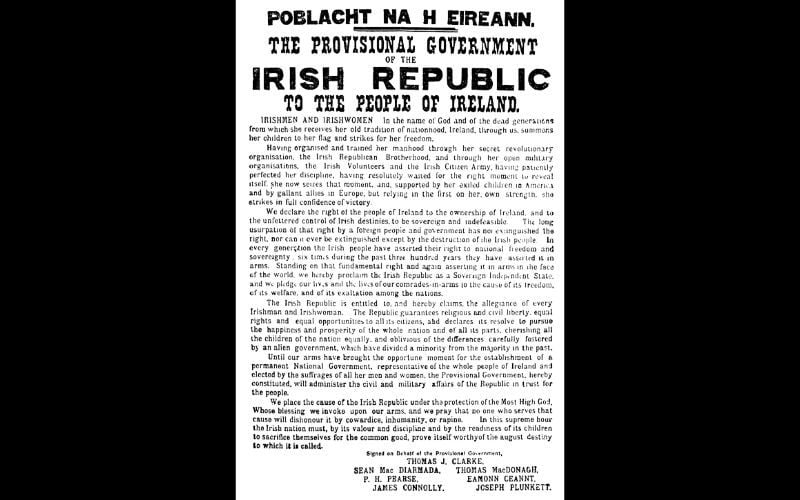
Easter Proclamation of 1916. (Public Domain)
14. While Germany and England clashed in WWI, the IRB Military Council hoped to get German military backing during the insurrection through an American-Irish Republican Group called Clan na Gael, whose members had already established a relationship with German officials.
15. The IRB Military Council initially planned to begin the insurrection on Good Friday, April 21, 1916, but eventually decided on Easter Sunday, April 23, 1916.
16. After hearing the news that a ship carrying German weaponry was captured, the Military Council decided to carry out the insurrection on Monday, April 24, 1916, in an emergency meeting held on Sunday morning, April 23.
17. A countermanding order by Eoin Mac Neill, head of the Irish Volunteers, after a German gunship bearing arms to Ireland was intercepted, caused mass confusion and resulted in many volunteers missing the Rising.
18. IRB Military Council member and President of the Provisional Government of the Irish Republic, Patrick Pearse, read the newly drawn up Proclamation, which outlined the establishment of an independent Irish Republic, to a small crowd at the steps of Dublin’s General Post Office (GPO) on Monday, April 24, 1916.
19. The Proclamation itself outlined who was responsible for igniting the rising and referenced the Irish Republic’s potential ally of Germany. These details of the proclamation, considered to be treason, ensured certain death by firing squad for the leaders of the Irish Republic if independence was not obtained.
20. The proclamation called for the Irish abroad to rally to the cause especially the “Exiled children in America.”
21. The Rising began when members of IRB, Irish Volunteer Force, and Irish Citizen Army successfully took over the preselected buildings around Dublin with little resistance.
22. The buildings included the General Post Office, the Four Courts, Jacob’s Factory, Boland’s Mill, the South Dublin Union, St. Stephen’s Green, and the College of Surgeons. Both military strategy and position were the factors that came into play in choosing which buildings to occupy.
23. The General Post Office (GPO) became the main headquarters of the rebellion, with five of the seven members of the Military Council/Provisional Government of the Irish Republic serving there.
24. The British authorities only had 400 troops to about 1,000 Irish rebels when the rising began and therefore couldn’t go on the offensive until reinforcements arrived.
25. By Friday, April 28, 1916, the number of British troops rose to about 19,000 while the Irish Republic groups had only amassed 1,600 fighters due to mass confusion over the date of the Rising.
26. The British troops were commanded by Brigadier-General William Lowe.
27. Ashbourne, Co. Meath was the only town other than Dublin to see significant fighting during the Easter Rising.
28. Among those in junior positions in the GOP was 24-year-old Michael Collins, who served by Connolly’s side.
Michael Collins.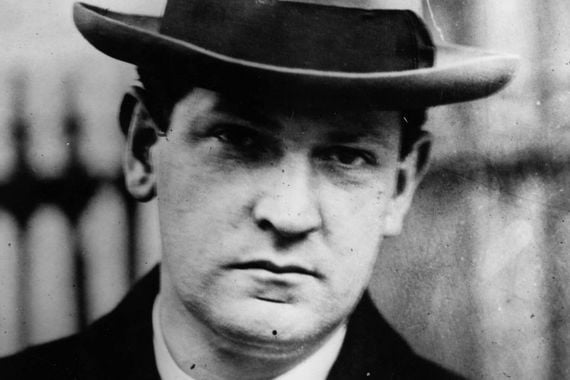
29. Connolly, the commander of the Dublin Brigade, was injured early on in the fighting. The position of highest in command then passed on to Pearse.
30. Connolly was so badly injured that he was carried to his execution on a stretcher and then tied to a chair to face the firing squad.
31. The Rising's failure outside of Dublin was due to the capture of a ship loaded with Russian rifles acquired by Germany in the war.
32. British officials had intelligence about the ship coming from Germany and captured it before any guns reached the shore of Banna Strand outside Tralee in Co Kerry.
33. In charge of the gun-running from Germany was Sir Roger Casement, a top British foreign service official, who was later executed.
34. Casement’s “black diaries,” purportedly from his time in the Belgian Congo and Peru, allegedly revealed he was gay and were used against him at trial. They were kept classified by the British government until 1959.
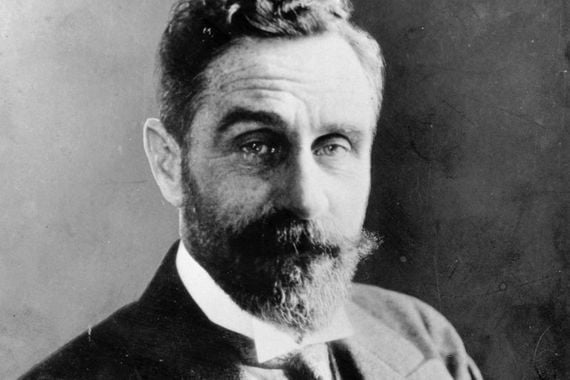
Roger Casement. (Getty Images)
35. In Dublin, the deadliest battles took place at Mount Street Bridge.
36. A British strategic attack that included artillery strikes on the main rebel stronghold, The General Post Office, led to an unconditional surrender on Saturday, April 29 by Irish Republican leaders, who had escaped the burning building for nearby Moore Street.
37. The order to surrender, from Pearse, was carried by a nurse, Elizabeth O’Farrell, to the other strongholds, which were still under rebel control.
38. It read: “In order to prevent the further slaughter of Dublin citizens, and in the hope of saving the lives of our followers now surrounded and hopelessly outnumbered, the members of the Provisional Government present at headquarters have agreed to an unconditional surrender, and the commandants of the various districts in the City and County will order their commands to lay down arms.”
39. The Irish rebels suffered 64 casualties.
40. 132 British officers perished.
Read more
41. With battles primarily taking place in densely populated areas, the civilian death toll of the Rising was said to be as high as 254 people, and over 2,000 civilians were injured.
42. The Easter Rising was considered a betrayal at first by many Irish citizens, and the 1916 leaders were spat at on their way to jail. It was only when the executions began that the national mood changed.
43. Sixteen leaders of the rising were executed while about 3,000 more were arrested in connection to the groups.
44. Many of the leaders believed in the effectiveness of a "blood sacrifice" to inspire Irish nationalism. Blood sacrifice was a very common theme of the times from the First World War. The severe punishment of "death by being shot" served to those leading the rising inspired both Irish nationalism and British resentment, just as the Military Council hoped.
45. Songs were sung for those who laid down their lives, funds were started for their families, more republican flags and badges began appearing, recruitment to the British Armed Forces dropped, and Irish nationalism as a whole was rejuvenated.
46. Women played a key role in the Rising, with over 200 members of Cumann na mBan, the women’s auxiliary branch of the Irish Volunteers, fighting for Irish independence.
47. Countess Constance Markievicz, who had been second in command to Michael Mallin in St. Stephen’s Green, was initially sentenced to death along with the other leaders of the Rising. Her sentence was changed to life in prison “on account of the prisoner’s sex.”
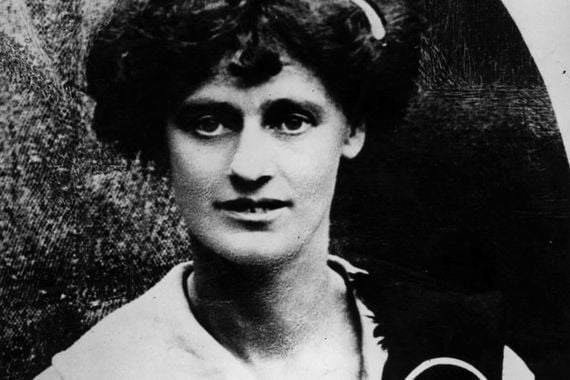
Countess Constance Markievicz in 1918.
48. The unrest became so bad after the Rising that the British sent in the Black and Tans, a dreadful group of former prisoners, misfits, and felons to try and quiet the rebellion.
49. In 1917, the British government granted amnesty to those who had fought in the Rising and all remaining prisoners were released.
50. The Easter Rising was a major factor in Sinn Féin’s victory in the 1918 parliamentary elections and subsequent decision to not sit in the United Kingdom’s Parliament.
* Originally published in April 2015. Updated April 2025.
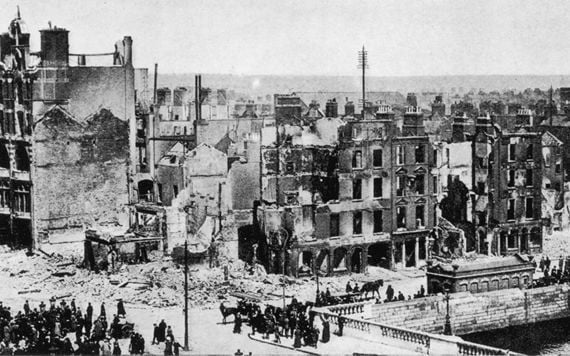



Comments